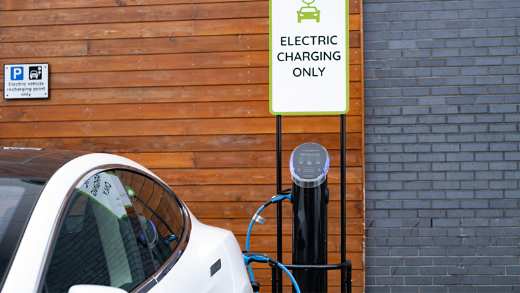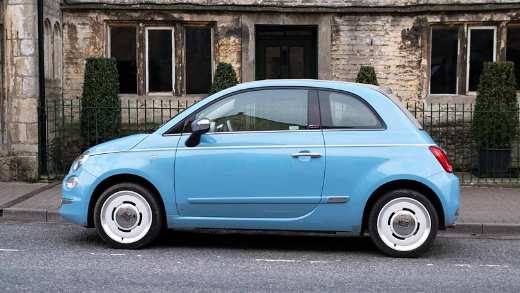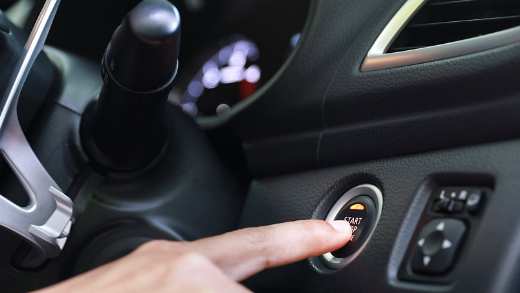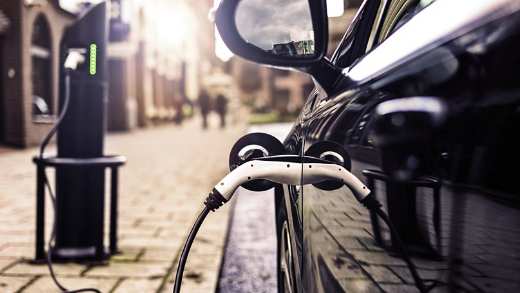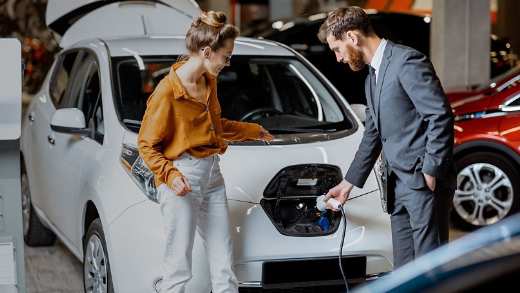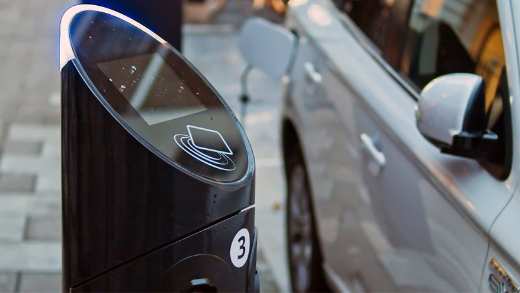Electric car battery basics

The engine roaring to life at the turn of a key (or just the press of button) can be one of life’s little pleasures. But putting our foot on the gas doesn’t quite feel as good as it once did, now we know the cost to our environment.
It’s built for your car’s lifespan
The average battery warranty offered by electric vehicle manufacturers is around 8 years or 100,000 miles. Although the RAC have reported that some drivers can get as much as 200,000 miles out of their original battery – which is about the same as you might expect for a petrol and diesel engine. So, it’s unlikely you’ll need the battery changed unless your car takes a knock in an accident – in which case your insurer should cover the cost.
Keeping your electric car battery healthy
We spoke to Nick Harvey, of The Energy Saving Trust, who told us that all batteries – whether it’s your phone, laptop or remote control - degrade over time. And the one in your car isn’t any different. So, as it gets older, you might start to find you can’t go quite as far on a single charge. If you do notice your electric car isn’t going the distance, at any stage of your battery’s life cycle, get it checked out. It could be down to a single component, which can be replaced to extend the battery’s life.
Just like an engine, an electric vehicle battery benefits from a little TLC. Regular servicing by a qualified engineer should let you stay on top of battery health – while a few simple tricks can help you get the most out of it.
The secret to giving electric car batteries long, happy lives
There are three major dos and don’ts that’ll help keep your battery healthy for longer:
- Don’t use rapid chargers too often. They’re handy if you need to get back on the road fast but can reduce the life of some batteries if you use them all the time.
- Avoid unnecessary braking, acceleration, and regularly check tyre pressure to help extend the life and range of your battery. A lot of driving on the motorway at higher speeds could impact your battery over time.
- Keep the battery charged at between 20 and 80%. Although this doesn’t apply to every manufacturer, so make sure you read your car’s manual to find out about your particular model.
Built to go further
When sauntering around a showroom, one of the things you might ask the salesperson about is engine size. A petrol-headed speed-demon may choose a larger engine size to get more power and it isn’t any different with electric cars – except you definitely won’t be pumping emissions into air we all breathe. Instead of looking at litres, you look for kWh. The higher the kWh, the further you travel between charges.
How much does an electric car battery cost to replace?
Unlike your TV remote, a gentle thwack and couple of turns won’t stop your car’s battery from flatlining. It’s unlikely, but if you need to replace an electric vehicle battery, and it’s out of warranty, it could be expensive.

Electric Car Insurance
Plug into a brighter future with our car insurance for your electric and hybrid vehicles.
With most batteries guaranteed for 8-10 years, and most of us owning our cars for an average of 9 years , you might end up replacing the car before the battery. Remember to balance the potential one-off cost of a new battery against the sort of everyday repair costs that a petrol or diesel car will pick up over their lifespan too.
Leasing an EV battery
If you’re pondering a second-hand electric car, you may be offered the option to lease a battery by paying a monthly fee. This means it’s the manufacturer’s responsibility to replace it if it isn’t taking you as far as it used to – potentially saving you money and hassle.
Many of these leases come with an annual mileage limit – and extra costs if you go over it – so how much you use your car could decide if it’s a good deal. The monthly cost is also generally fixed for the length of the lease. So, over time, your battery could end up costing you more than the car itself, depending on the age and model you choose, and the amount of road trips you make.
From school run to place in the sun
Once your battery has finally done all the uni visits, morning commutes, and muddy dog walks it can handle, it’ll be ready to enter the lithium-ion afterlife.
Your old battery could be repurposed to store domestic and commercial energy – including electricity produced by solar panels; helping us ween ourselves off our reliance on fossil fuels even more . And this technology is only likely to keep on improving.
But, of course, having a battery is only half the job to getting you on the open road, you also need to know how to keep your electric car charged up. Don’t let finding a charging point put you off looking at an EV; they’re already more common than you think.
And if you’ve already got your eye on an electric car, find out how much it’ll cost you to insure with our quick quote tool.

